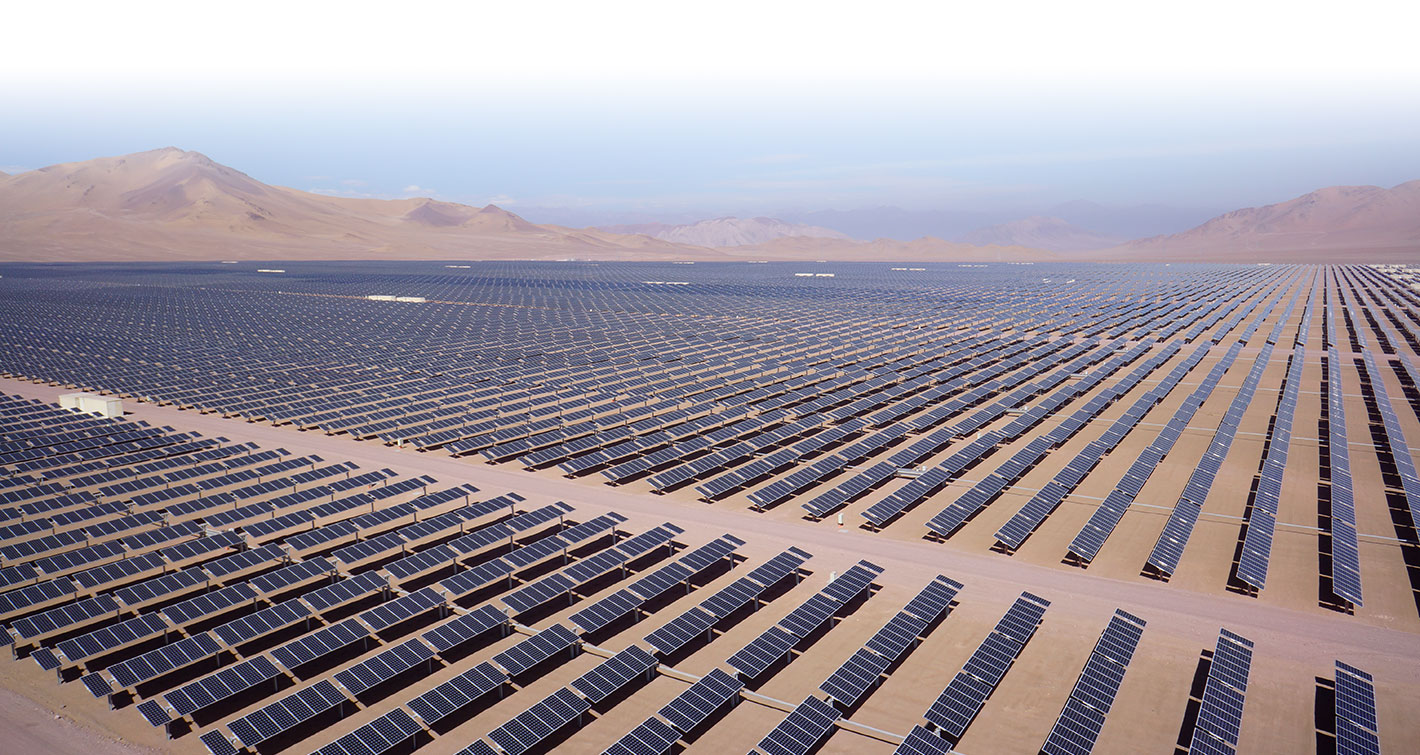Bill Gates and 30 other innovators have signed up to support the Breakthrough Energy Coalition to fill a very important gap in clean energy – early commercialization.
The challenge with Gates’s announcement is that while he and other are filling a real need, it is not the most pressing need and certainly not all that should come out of Paris during these negotiations. That press release would say, “Now that we have figured out solar and wind deployment, does anyone want to finally prioritize deploying the hundreds of other technologies ready to scale up?”
 Just a few years ago, it was clear that Bill Gates was convinced that today’s technologies couldn’t solve climate change — I am glad he has softened his position here. The Deep Decarbonization Pathways project has already proven that existing technologies are more than enough. Google had a program to make solar and wind cheaper than new coal – that has now been achieved around the world.
Just a few years ago, it was clear that Bill Gates was convinced that today’s technologies couldn’t solve climate change — I am glad he has softened his position here. The Deep Decarbonization Pathways project has already proven that existing technologies are more than enough. Google had a program to make solar and wind cheaper than new coal – that has now been achieved around the world.
Under George W Bush, we were able to lock in an eight-year extension of the 30 percent federal tax credit for solar. Germany and China set up big programs such that today almost 60 percent of all new electricity capacity being installed today is made up of zero emission generation technology like renewables and nuclear. Amazing, isn’t it?
Solar and wind are winning around the world not because of fundamental technological breakthroughs, but instead because after 30 years the banking sector is finally comfortable scaling up their use. In fact, because solar and wind have been “deployment first,” they have attracted billions in R&D dollars and have created hundreds of incremental innovations in technology and manufacturing.
On oil, our main approach is to make existing vehicles more efficient using CAFE standards. A more inspirational vision presented by Google, Mercedes-Benz, and Tesla is that by 2020, we will make sure that no one around the world will have to buy a car. Car sharing will be 75 percent cheaper than car ownership. If you want to live in an urban or surburban area – as over 50 percent of Global Citizens do, and you want to live without a car payment, we can make that easy and pleasant.
We will install the infrastructure necessary to make that dream a reality and finally take the worst investment a person makes in their entire life, off the “to do” list – along with all of the asthma it causes. In Los Angeles alone, 14 percent of all of their land is allocated to car parking that pays little to no property taxes. We lack the regulatory framework for progressive cities to create new revenue streams while dialing back emissions from cars.
And for the other 50 percent who need personal transportation we have the technology to give you a choice. No longer will you have to choose between gasoline and diesel. We now have the technology to force all cars to burn multiple liquid fuels, in fact to future proof themselves. This means you can fill up on ethanol, methanol, ethane, DME, and for some cars up to 45 percent natural gas. Because most homes in America are hooked to both natural gas and electricity you never have to visit a gas station again. For heavy trucks, we still have the Pickens Plan from 2008 that we have not yet implemented even though the fundamental technology breakthroughs to convert every heavy truck to natural gas were piloted during the Clinton Administration in the Clean Cities program.
And the beauty is that none of this needs to be invented. I am not against innovation, but we don’t need to be telling people that we need it to reach the 2 degrees milestone being talked about in Paris. What we need is deployment. From India to Kenya to Brazil, we need to put people to work help market, sell, build and service this infrastructure.
According to Bloomberg, McKinsey, and the International Energy Agency, the cost of reaching this goal is about $10 trillion – a shift of less than 25 percent of the money we are going to spend on relevant infrastructure anyway. Shifting this money is not easy, but in the areas outlined by Bill Gates of electricity generation and storage, transportation, industrial uses, agriculture and projects that make energy systems more efficient we have already identified all of the technologies needed to meet our climate goals through 2030 – while saving people money.
Amory Lovins laid it out so beautifully in his book Reinventing Fire that the Chinese Government hired the Rocky Mountain Institute to replicate the analysis for China. It is based on this analysis that China now believes that climate change requires deployment, not new technology.
I applaud Bill Gates and his work to bring 30 innovators and many hovernments to the table. This is certainly not easy. Basic R&D, early commercialization, and deployment are all needed to reach our climate goals.
But don’t believe for one second that we don’t already have the technology. We do. We can always use more and achieve better. But for once we have to stop satiating the public with future talk around R&D and prove that can do big things now. We have been training millions of people with the skills necessary to deploy at scale for over 40 years. It’s time to put them to work.
[seperator style=”style1″]Disclosure[/seperator]
A version of this post originally appeared on LinkedIn. Reposted with permission.
The Bill and Melinda Gates Foundation is a client of ImpactAlpha.











